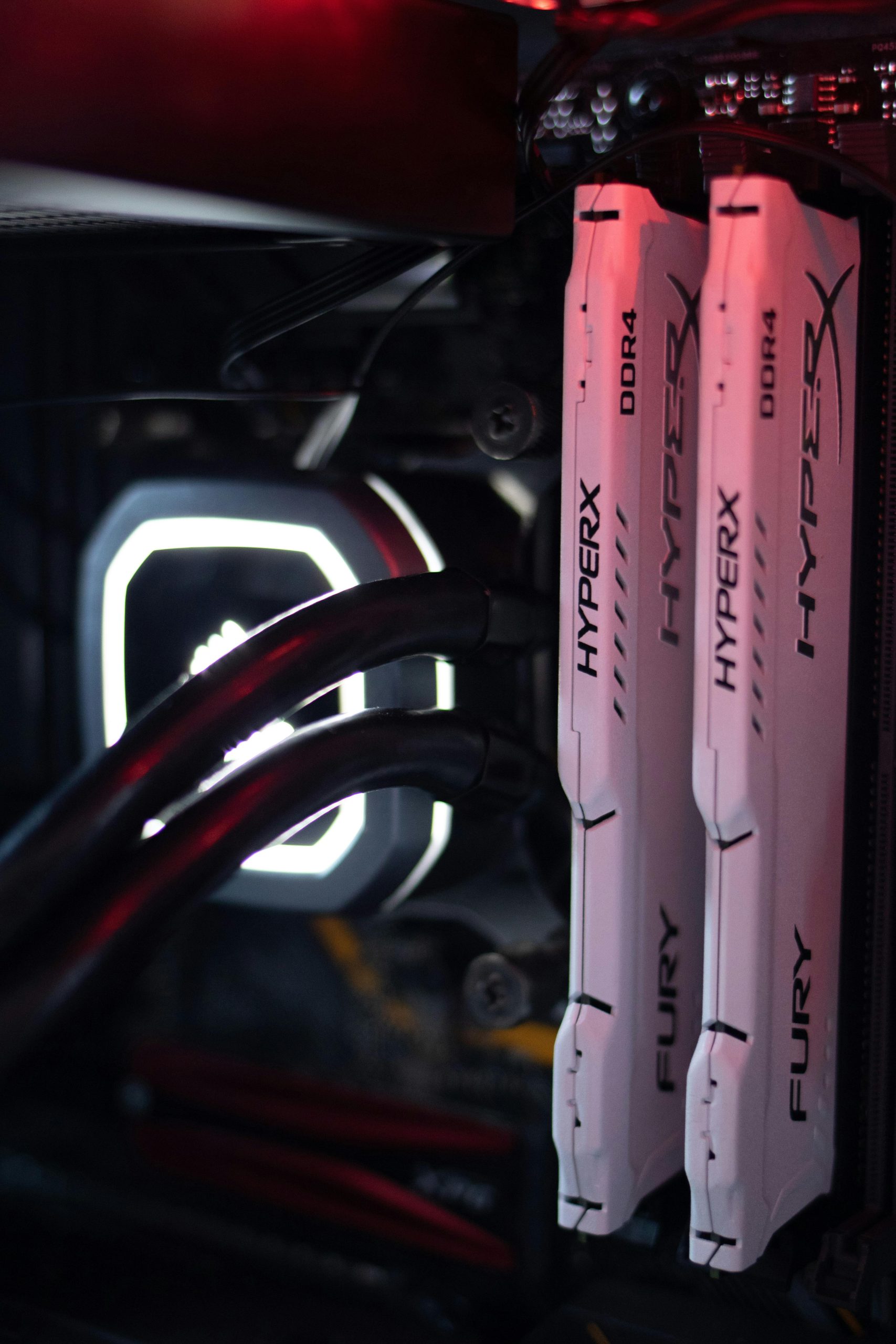Mixing DDR4 RAM: What You Need to Know
When it comes to upgrading your computer’s memory, a common question arises: Can different brands of DDR4 RAM with the same frequency (MHz) be used together? Let’s explore this topic a bit further, particularly in the context of a system using the Asus Prime Z370-A motherboard.
Understanding Your Current Setup
In this particular instance, the motherboard supports four DIMM slots. Currently, two of these slots are occupied by a pair of Corsair Vengeance 8GB DDR4 2666MHz modules, providing a total of 16GB of memory. However, as users consider expanding their RAM, finding the exact same part number can be quite the challenge.
Mixing Brands
You may wonder whether it’s feasible to add two additional 8GB DDR4 2666MHz sticks from a different brand into the remaining slots. The good news is that, in most cases, mixing RAM brands is often possible, provided that they share the same frequency and voltage specifications. Your motherboard should automatically set the RAM to the lowest common speed, ensuring stability in your system. However, it’s worth noting that differences in timings or other specifications may affect performance, so it’s wise to choose memory with compatibility in mind.
Adding RAM with Different MHz
Another question that arises is whether it’s permissible to install additional Corsair RAM modules that operate at a lower MHz. The answer here is a cautious yes. If you install memory with a lower frequency, the entire setup will downclock to match the slower modules. This means you won’t experience the full potential of the higher-speed RAM, but your system will still function correctly.
Final Thoughts
In summary, if you’re considering expanding your RAM, mixing brands can work as long as they are compatible in terms of speed and voltage. Additionally, you can integrate lower MHz modules, but do keep in mind that this may impact overall performance. By ensuring that your RAM choices align properly with your current setup, you’re on the right track to a successful memory upgrade.
Remember, it’s always a good practice to consult your motherboard documentation for specific compatibility recommendations and performance expectations before making your purchase. Happy upgrading!
Share this content:




Hello,
Thank you for sharing your detailed situation. When mixing DDR4 RAM modules from different brands, as long as they share the same MHz frequency and voltage specifications, they are generally compatible. Your motherboard, the Asus Prime Z370-A, is designed to support multi-brand RAM modules, and it will automatically downclock higher MHz modules to match the lower ones for stability.
However, to ensure optimal performance and stability, consider the following tips:
If you plan to install RAM modules with different MHz (speed), be aware that the system will automatically operate at the lower MHz speed, which may impact performance. Additionally, mixing RAM from different brands and timings can occasionally lead to stability issues, so thorough testing is recommended after upgrading.
Always consult your motherboard’s official documentation for supported configurations and recommendations before purchasing new memory modules. If you experience instability or boot issues, consider testing each module